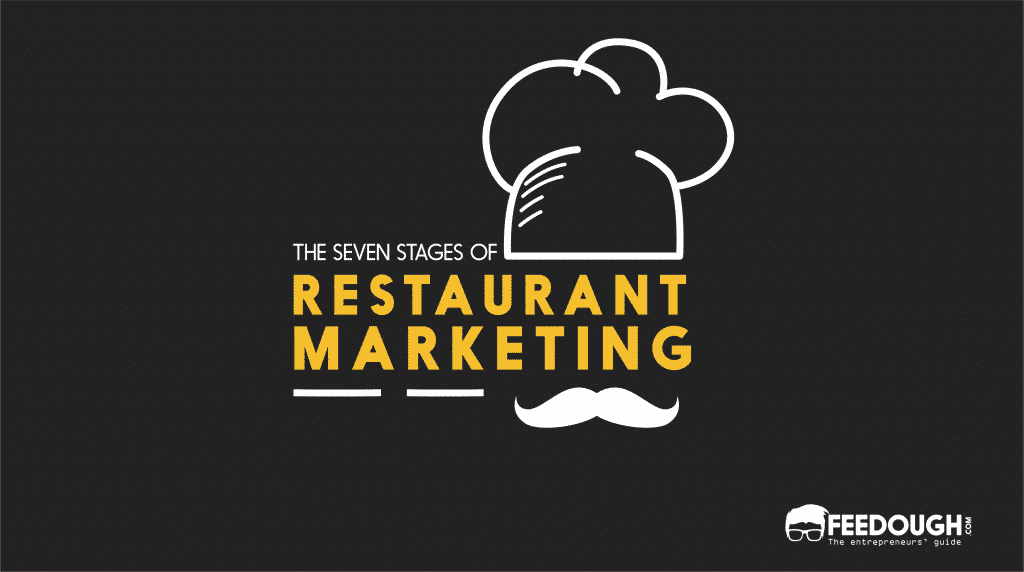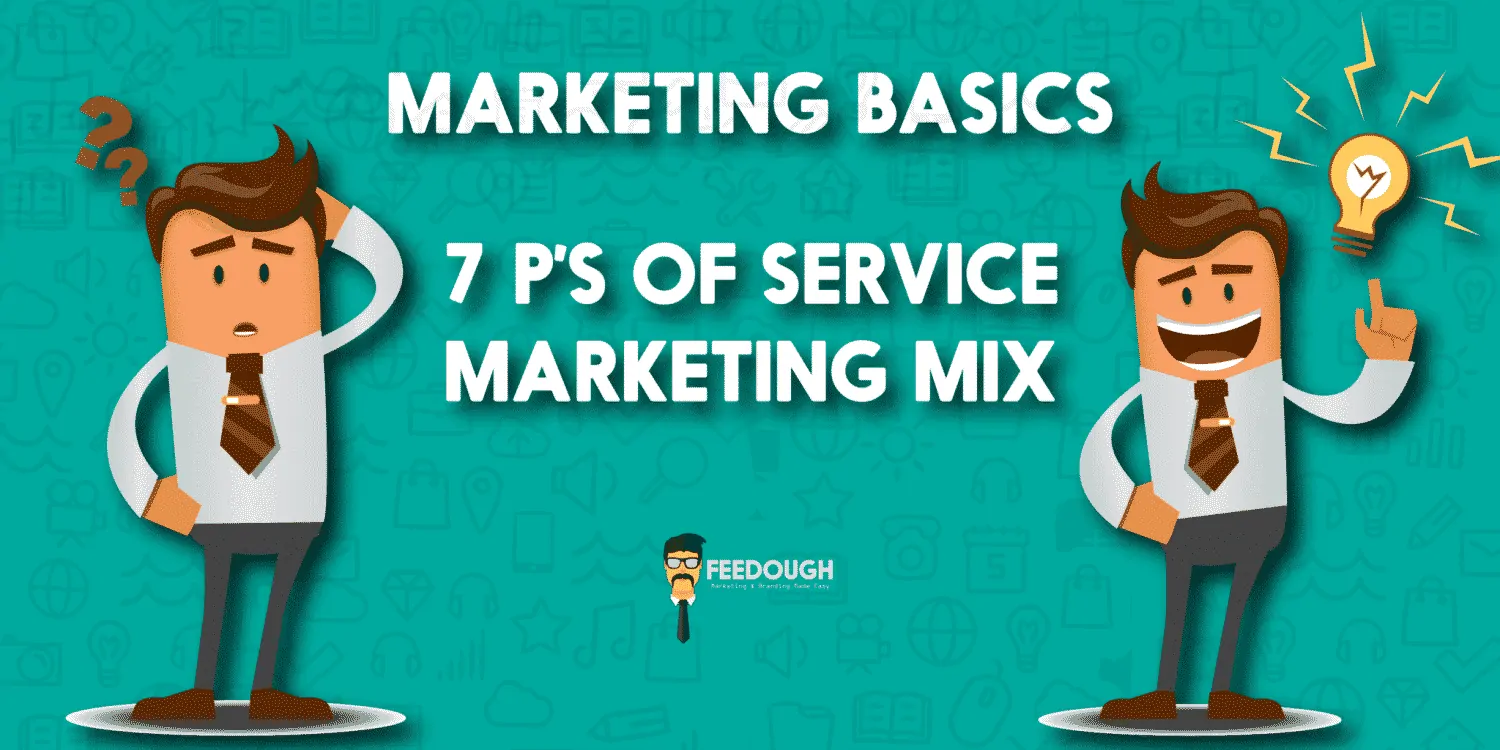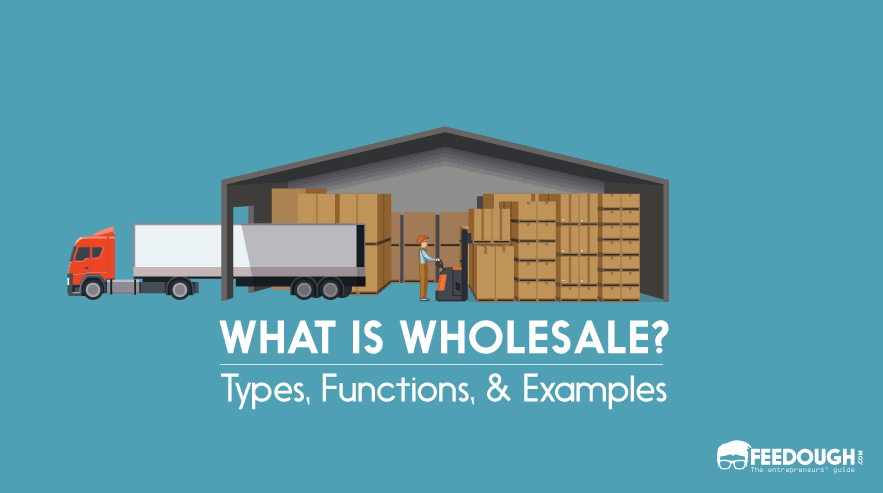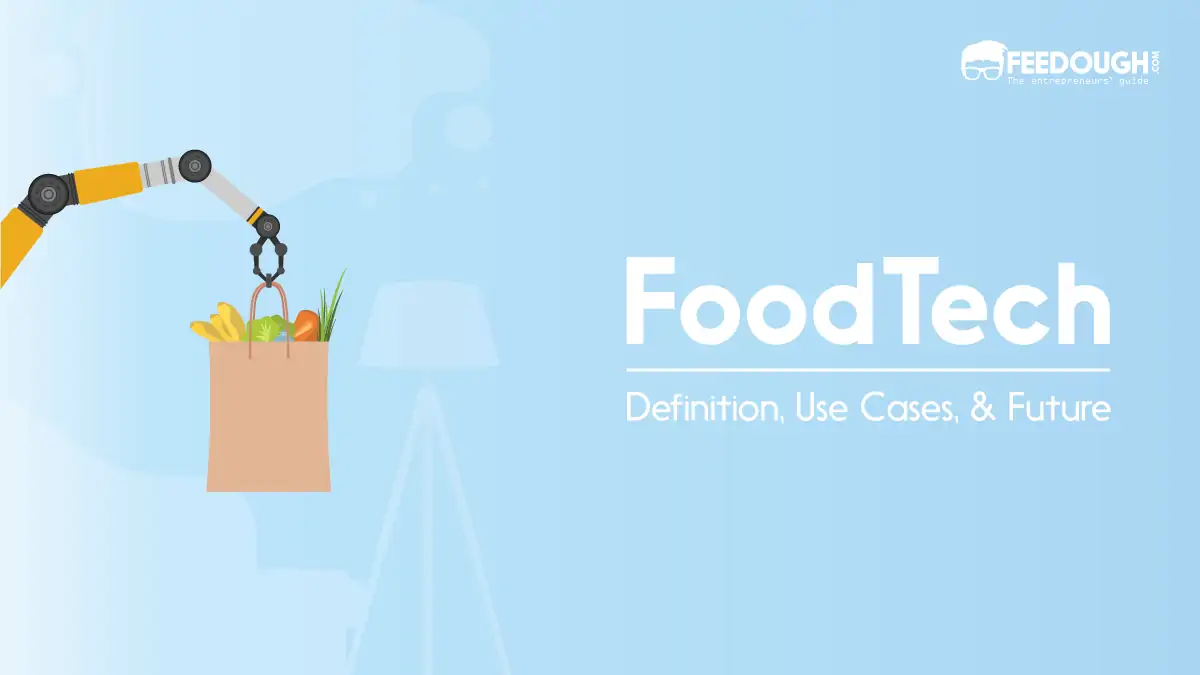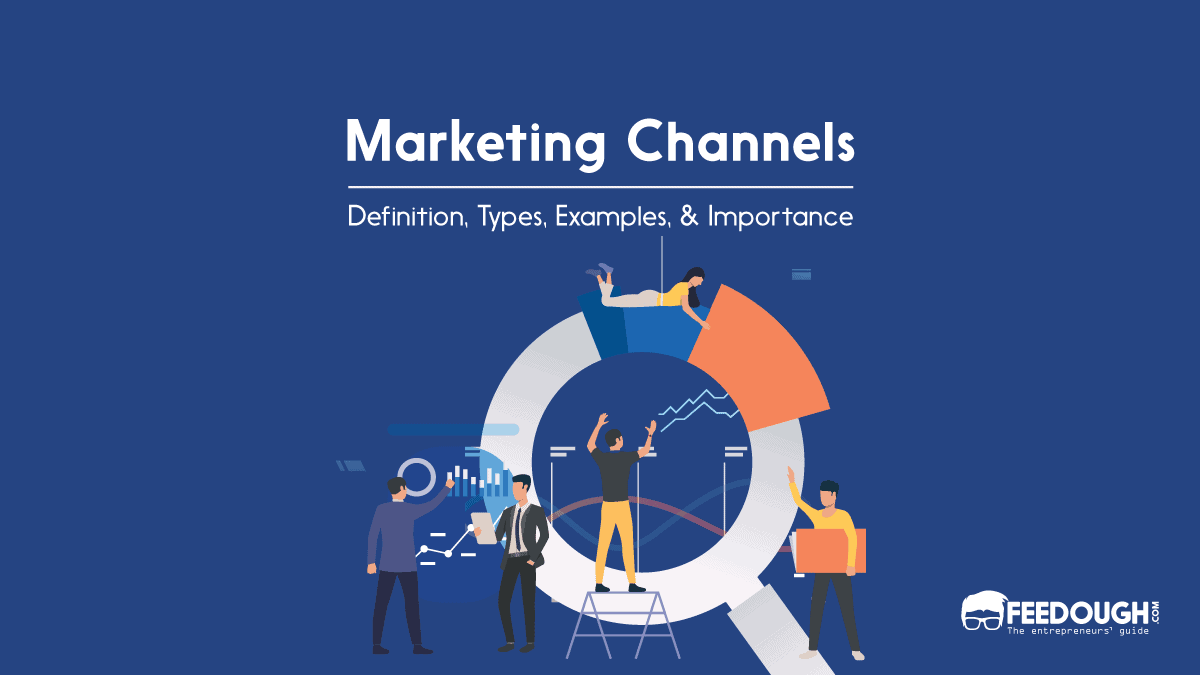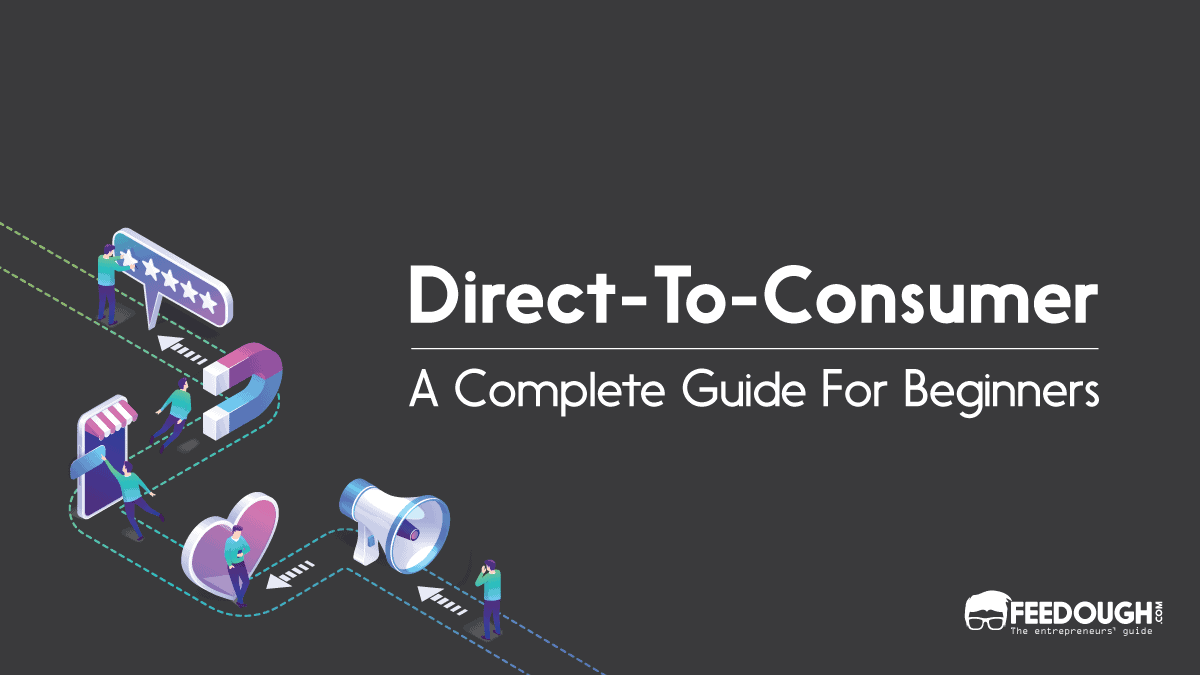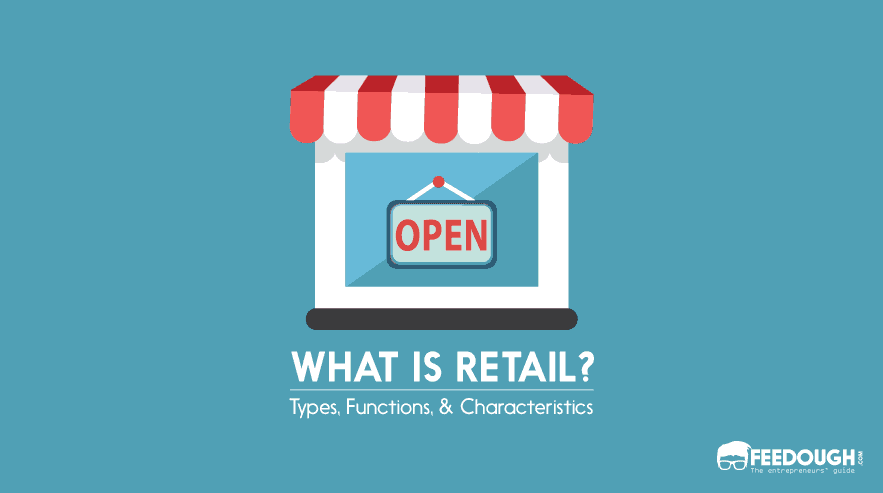The restaurant business is one of the fastest growing in the world. The US market records a sales figure of $799 Billion, which expands to trillions globally. It also employs 10% of the entire workforce in the US economy, underlining its growth’s significance. These figures seem unreal when viewed in light of the different additional factors that must be dealt with in the industry. The industry operates in a mix of goods and services, deals in perishable goods, has to endure the subjectivity of customers, has to bear heavy regulations (Varies tastes) and is heavily dependent on its supply chain. But these factors haven’t deterred players from entering the market.
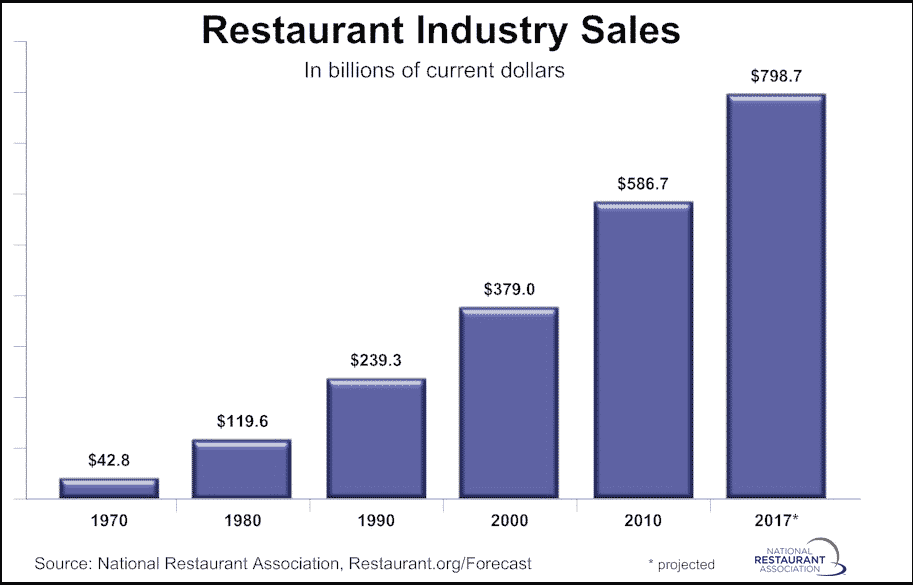
The 7 Stages Of Restaurant Marketing
On the outside, restaurant marketing might seem to be nothing but marketing the taste of the food. But in reality, it is much more intricate than that. There are certain stages that a consumer must pass through to finally become a restaurant customer, and restaurant marketing aids this movement.
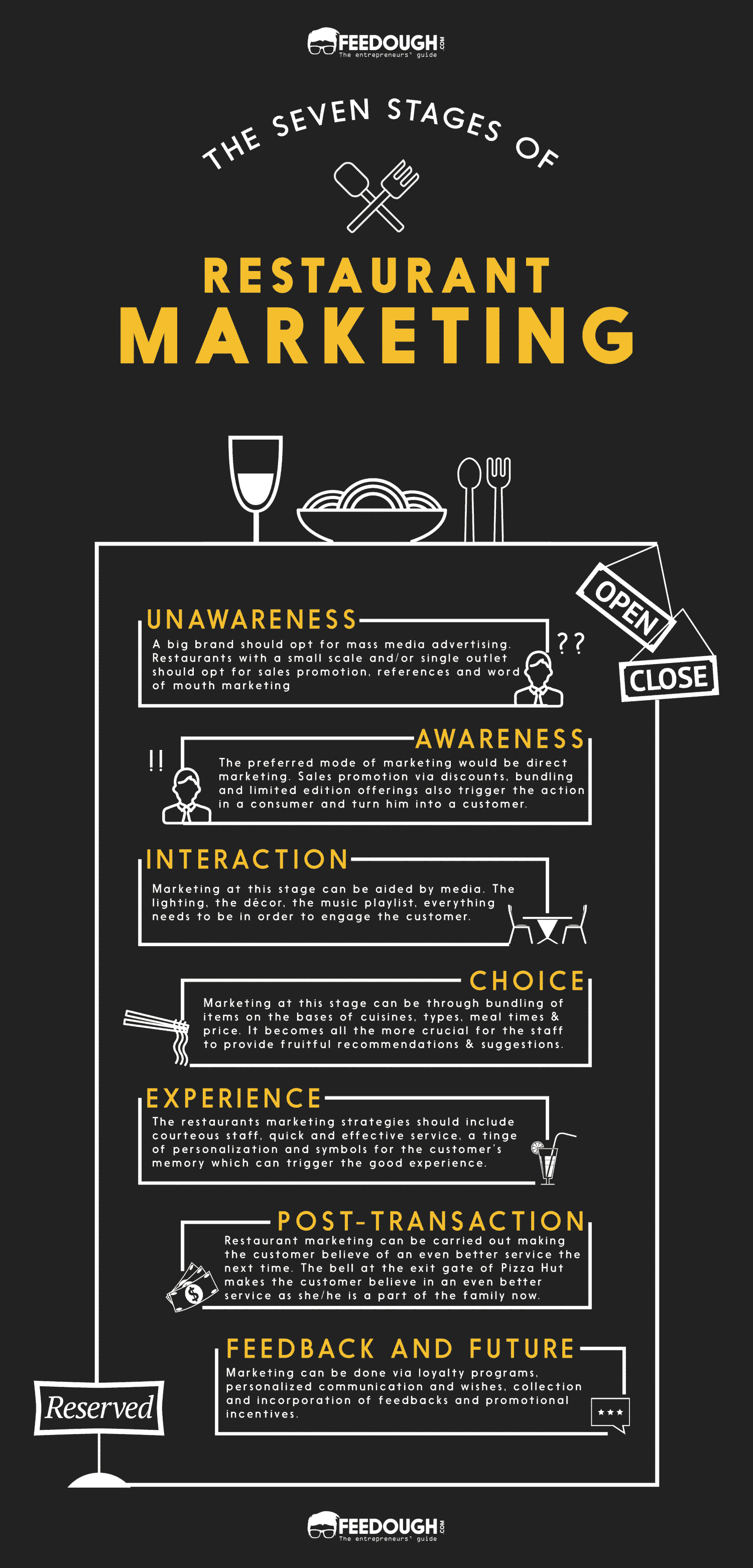
Unaware and Unbiased consumer
At this stage, the target market is neither aware of the restaurant and offerings nor has preconceived notions about it. At this stage, restaurants must undertake marketing processes to form as many positive impressions as possible. When the customer starts as a blank slate, the objective is to lay the foundation for the further steps and ensure smooth, consecutive transition
Modes Of Restaurant Marketing At This Stage
The modes of marketing used should depend on the objectives of the restaurant. A big brand should opt for mass media advertising which intrigues the consumer enough to try it out over its competitors and at any one of its locations. Restaurants with a small scale and/or single outlet has a limited geography to focus on. Therefore, they should opt for sales promotion, references and word-of-mouth marketing.
Aware consumer
Once the consumer is aware, they can be interested in the restaurant’s offering, not interested or be indifferent. The restaurant should focus more on converting the first and the third segments. They have to ensure that the interested consumer’s transition through the stages is quick and smooth and the indifferent consumer is converted to an interested one. It would require a greater proportion of resources to change the not-interested one and would only be viable with an established operation and a pool of potent feedback.
Modes Of Restaurant Marketing At This Stage
Direct marketing is the preferred mode of restaurant marketing at this stage. It would convince the customer to make the effort and try the restaurant’s offerings. Sales promotion via discounts, bundling, and limited edition offerings can also trigger a consumer’s action and turn her/him into a customer.
Interaction
This is the start of the person as a restaurant consumer. He visits the place and starts to gain information and form opinions about the restaurant. In this phase, the restaurant must market itself as a welcoming option that would accommodate the person’s expectations and tastes. As this process is ongoing, with many new customers interacting with the restaurant daily, the restaurant must always be on its toes and reduce customer attrition in the initial phase.
Modes Of Restaurant Marketing At This Stage
Marketing at this stage can be aided by media, which aids the restaurant in the process of information collection. The lighting, the décor, the music playlist, everything needs to be to engage the customer. Starbucks, for example, applied this mode of marketing by changing the shape of its table to circular. They noticed that quadrilateral tables formed corners occupied by customers, giving an individualistic vibe to the entering customers. Circular tables were perceived to be more open and welcoming, which appealed to the young college grads who eventually became a large chunk of Starbucks’ customer base. They devised this strategy to align with their objective of providing an unforgettable coffee-drinking experience.
Choice
At this phase, the focus shifts to the restaurant’s cuisine. The restaurant must present the customer with options that are in sync with the customer’s expectations and preferences. Restaurants also have to fulfil the offers that they had marketed in the initial phases with minimal glitches. This can be aided by a skilful waiter or cashier who can persuade the customer by recommending the restaurant’s preferred options.
Modes Of Restaurant Marketing At This Stage
Marketing at this stage can involve bundling items based on cuisines, types, meal times, and price. At this point, customers make their choices based on the limited information from the earlier phases, and therefore, it becomes all the more crucial for the staff to provide fruitful recommendations and suggestions.
Transaction/Experience
This is the stage when the consumer experiences the restaurant and its food. The information and opinions formed at this stage help her/him make decisions about any future engagements with the restaurant.
Modes Of Restaurant Marketing At This Stage
It is crucial to make this stage as memorable as possible, and therefore, the restaurant marketing strategies should include courteous staff, quick and effective service, a tinge of personalization and symbols for the customer’s memory, which can trigger a good experience. A barbeque joint in India Barbeque nation has extremely alert chefs who, along with cooking, visit tables regularly, taking real-time feedback that can be incorporated into the next serving. Customers feel as if there is a personal chef cooking just for them. The chef, along with the manager, forms a bond with the customer at this stage, which they will remember when choosing the next visit.
Post- Transaction
At this stage, the customers begin to process the information and share opinions amongst the group. This stage also needs to be smooth, as glitches post-meal, like bringing the wrong bill or haphazard table clearance, might ruin the whole experience.
Modes Of Restaurant Marketing At This Stage
Restaurant marketing can make the customer believe of an even better service the next time. Pizza Hut has a bell that customers can ring if they are happy with the service. This projects the outlet as one big family happy to serve you. This also makes the customer believe in an even better service as she/he is a part of the family now.
Feedback and Future
At this stage, the interaction is complete, and the restaurant must provide incentives for the customer to return and eventually be loyal. This is the stage where a new customer can be converted into a loyal one.
Modes Of Restaurant Marketing At This Stage
Marketing can be done via loyalty programs, personalized communication and wishes, collection and incorporation of feedback and promotional incentives.
An IIM Indore graduate, Abhishek is an entrepreneur and has been involved with startups and entrepreneurship for the past 2 years.
